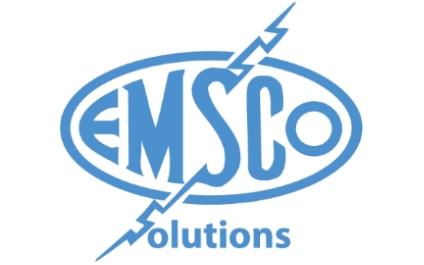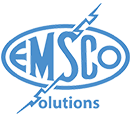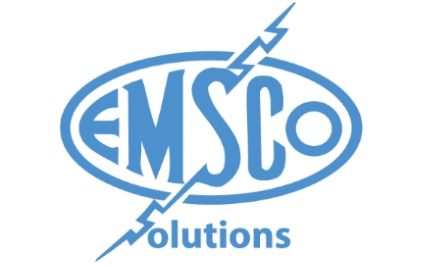 The Health Insurance Portability and Accountability Act, commonly known as HIPAA, created numerous rules to regulate the healthcare industry.
The Health Insurance Portability and Accountability Act, commonly known as HIPAA, created numerous rules to regulate the healthcare industry.
Home health organizations in Oklahoma City are not exempt from these HIPAA technology requirements and face many challenges to follow and maintain compliance.
While some of the required implementations may create burdens on a company, there are also benefits in new technology solutions.
Security and Privacy Requirements
The HIPAA Security Rule specifically requires healthcare organizations to protect confidential patient records, identify and protect against security threats against its data, protect against unauthorized access to systems, and to ensure workforce compliance.
The exact requirements in full detail can be found here. The Security Rule also details specific safeguards that an organization must have in place at all times to secure access to data, (known as administrative safeguards), protect hardware and data centers (physical safeguards), and prevent cyber-attacks and data breaches (technical safeguards).
To keep up with all of the required security and privacy steps, companies are embracing new technology solutions and services.
Technology Benefits
Implementing HIPAA required safeguard technologies can provide a home health company with several benefits. The most obvious benefit in investing in security technology is the reduced risk of a potential data breach.
However, this benefit can carry over to other areas. Patients and potential customers can be more at ease knowing that their private medical information is well secured both by a well-trained staff and cutting edge technology.
Another benefit when complying with HIPAA technology requirements is the increase in staff productivity as well as an increase in quality of care. Having vital patient medical information in an organized, electronic format provides immediate access to caregivers.
This streamlined approach can reduce the number of medical management errors and also give a full medical picture to caregivers in the field resulting in better levels of care.
Technology Burdens
There are some downsides when being required to install new technologies to keep up with regulations. Primarily, upfront costs can be prohibitive to business operations. With so many requirements to meet, many organizations are hesitant to invest beyond the minimum amounts needed.
Additionally, changes in reimbursement rates are prohibitive to adding on new technology services. Another concern with HIPAA technology requirements are the lengthy implementation cycles.
Many of the complex needs can take up to two years to install, test, and integrate into an organization successfully. These long implementation cycles are a major commitment especially in the ever-changing healthcare industry.
Bottom Line
Oklahoma City home healthcare organizations are no different when it comes to meeting HIPAA regulations. Technology requirements may be costly and entail large time commitments from companies.
However, the long-term benefits of creating a more secure and patient-integrated industry are promising. More informed caregivers can provide better quality of care to patients through technology. As the industry continues to change, new technology needs will likely follow.
What are some ways technology is changing the home healthcare setting? Let us know your thoughts in the Comments box below.
And to follow up on the tips introduced in this article, be sure to download your free Information Technology Guide for Oklahoma City Home Health Care Organizations.


You must be logged in to post a comment.